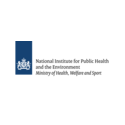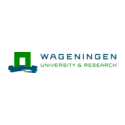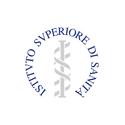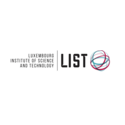In short
New Approach Methodologies (NAMs), which can be broadly understood to include “in silico”, “in chemico” and “in vitro” methods bear great potential to advance chemical risk assessment. NAMs allow for higher throughput, use human-relevant models and allow for important insights into underlying toxicity mechanisms. The application of NAMs is in particular promising for nanomaterials (NMs) whicheasily can be manufactured in plenty of variants. However, the particulate nature raises additional issues that have to be properly addressed (including a.o. dispersion stability, solubility and dissolution rate, particle size distribution). In addition, the regulatory implementation of NAMS remains challenging , with major obstacles including the lack of method standardisation, reporting templates and data interpretation.
The NAMS4NANO project, sponsored by EFSA, investigates if NAMS can be applied to complement conventional risk assessment for NMs in the food chain.
Project description
This project specifically aims to advance risk assessment of nanomaterials (NM) in the food and feed sectors by the implementation of NAMs.
Within Sciensano’s the “Trace Elements and Nanomaterials” and “Risk and Health Impact Assessment” services, are involved in the following 3 LOTs :
- In LOT1 we review existing NAMs for NMs. Then, we develop a qualification system to assess their regulatory maturity. Finally, we work out an implementation plan to integrate NAMs in future in a more coherent manner in risk assessments.
- LOT2 of this project conducts risk assessment case studies for five selected materials:
- zinc oxide in conventional form with a possible nanoscaled fraction as a nutrient and as a nanomaterial as a novel food,
- silicon dioxide as a food additive,
- iron oxides as a food additive and in food contact materials,
- silver as a food additive and in food contact materials,
- copper oxide as a feed additive and as a potential pesticide.
We evaluate selected NAMs in these case studies to generate relevant data for risk assessment purposes. Moreover, integrated approaches to testing and assessment (IATAs) will be developed.
- LOT3 of this project conducts five methodological case studies. The case studies address questions such as the development of integrated approaches to testing and assessment for nanocarriers (case study 1), nanofibres such as nanocellulose (case study 2), the consideration of particle aging and other transformations in in vitro studies (case study 3), the use of disease models to represent more vulnerable populations (case study 4) and the application of simple in vivo models such as C. elegans or zebrafish to generate human relevant data (case study 5).
To reach its ambitious goals, this project regularly exchanges with relevant stakeholders such as EFSA, ECHA, EMA and OECD.
Sciensano's project investigator(s):
Service(s) working on this project
Partners









